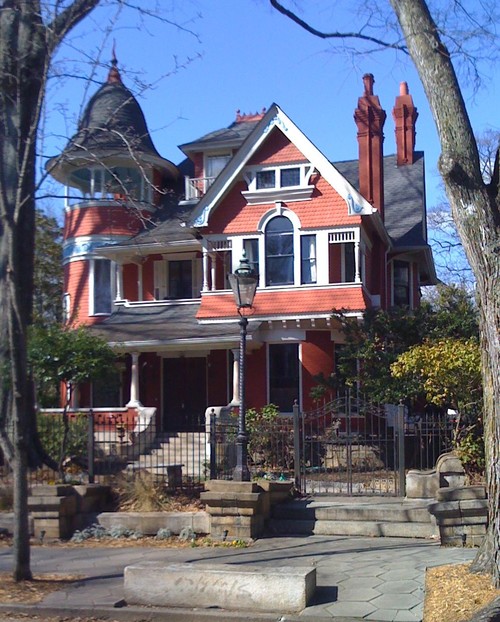Update: Mason Murer Fine Art features Suzy Schulz' "Second Innocence", opening with a reception Friday, September 21, 2012, from 7-10 PM.
Update: The first of Suzy Schulz' "Dancing in the Ruins" series has been
selected for publication in the watercolor book, "Splash 13", as she
announced August 31, 2012. (Fort Walker Prospect had featured the third in her series in this post, back in April.) Even more significantly, her watercolor, "Worn", was selected for the Eunice Porte Memorial award by the San Diego Watercolor Society at its International Show.
Update: The artist will be included in a community show, called the Art-B-Que on Saturday, May 5th from 10 am - 6 pm, and Sunday, May 6th from 2 pm - 5 pm. Please check the event website for details:
Avondale Estates Art-B-Q
Avondale Estates Art-B-Q
The view from Fort Walker seeks artisanry in works of art, and it is to
be found in the works of Suzy Schulz, a visual artist with studios in
nearby Avondale Estates, Georgia. Her figures emerge from surrounding
environs that, while abstract, retain a gritty texture reminiscent of our reality. It seems mindful of sculptural figures
that emerge from the rock from which they are carved — the imposition
of order into chaos by a conscious person: ". . . and He saw that it was
good."
Victory in our fallen world is often achieved with scars and ultimately the separation of soul from body. The figurative expressions of concepts that she considers in her works remind the viewer that these principles apply to each of us, and notwithstanding our setbacks we can dance in the ruins of our own lives.
 |
| Dancing in the Ruins 3 by Suzy Schulz © 2011 |
Here is a worthy visual testament, and her website offers further inspiration. Please visit today:








